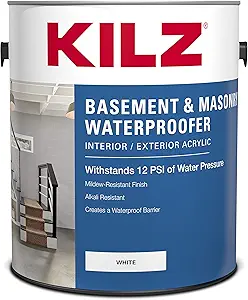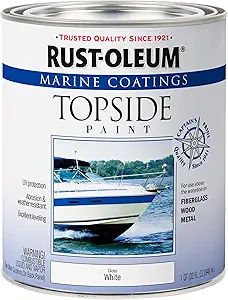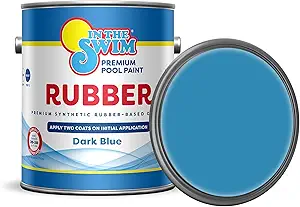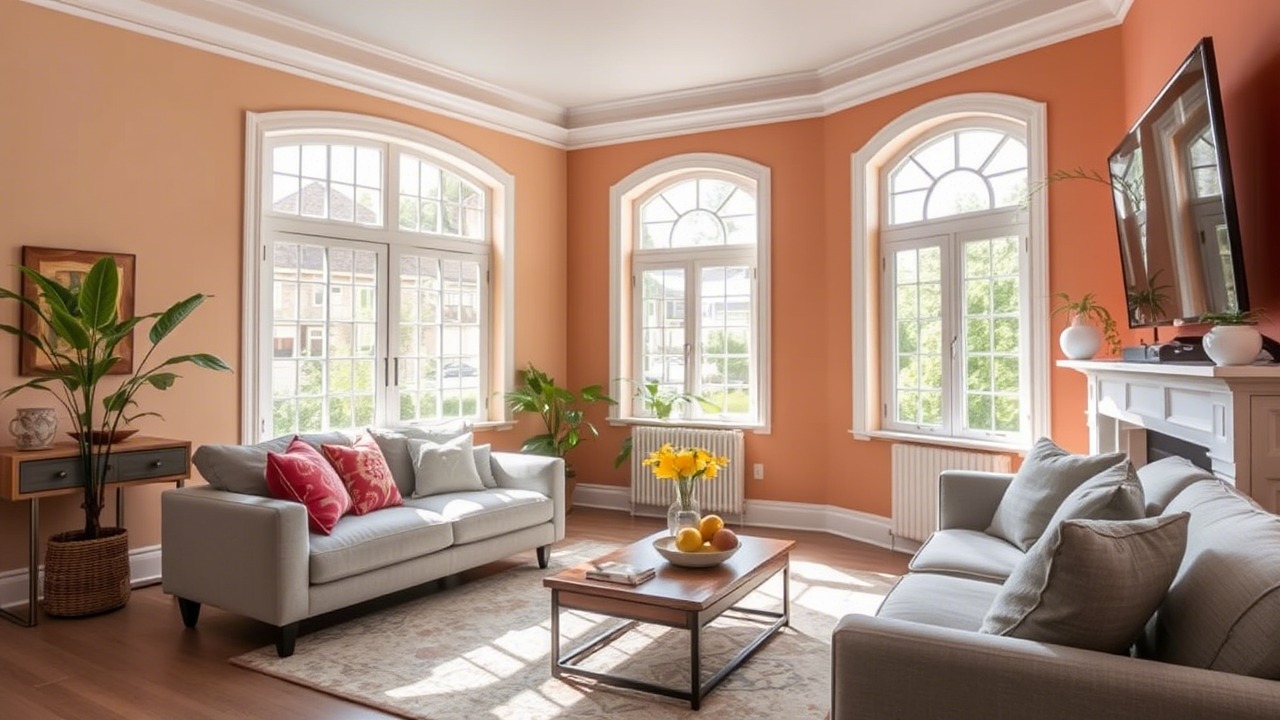Best Pool Paint for Concrete – Top Picks & Complete Buying Guide 2025
Concrete pools are durable and popular, but their surfaces need special care to stay watertight, attractive, and safe. Over time, concrete pools can develop cracks, stains, or surface wear. Applying the best pool paint for concrete not only enhances the pool’s appearance but also protects it from water damage, algae growth, and chemical exposure.
We’ll review the top pool paints designed for concrete, discuss how to prepare your pool for painting, and explain what to look for when choosing pool paint. Whether you’re refreshing an old pool or finishing a new one, this guide will help you pick the perfect paint for your concrete pool.
Why Paint a Concrete Pool?
Painting a concrete pool is more than just cosmetic. A good pool paint:
- Seals the surface to prevent water from penetrating and causing structural damage.
- Protects against algae and mold growth for safer swimming.
- Resists chemicals like chlorine and salt used in pool maintenance.
- Improves aesthetics with a smooth, vibrant finish.
- Extends the life of the concrete pool.
Concrete is porous and prone to minor surface defects. Pool paint acts as a barrier, preventing moisture intrusion and wear.
Types of Pool Paint for Concrete
1. Epoxy Pool Paint
- Extremely durable and resistant to chemicals.
- Long-lasting with excellent adhesion.
- Can be slippery when wet, so often textured additives are used.
- Requires careful surface prep.
2. Acrylic Pool Paint
- Water-based, easier to apply.
- Quick drying and flexible.
- Less durable than epoxy but easier to recoat.
- Good for above-ground pools and DIY projects.
3. Rubber-Based Pool Paint
- Flexible and resistant to cracking.
- Great for pools with small cracks.
- Provides a waterproof membrane.
- Not as durable as epoxy.
4. Chlorinated Rubber Pool Paint
- Traditionally used in many pools.
- Good chemical resistance and adhesion.
- Some formulations are being phased out due to environmental concerns.
What to Look for When Choosing Pool Paint for Concrete
Durability and Longevity
Concrete pools undergo constant water exposure, UV rays, and chemicals. Choose paint that lasts multiple years without peeling or fading.
Chemical Resistance
Pool water contains chlorine, bromine, salt, and pH adjusters. Paint must resist these chemicals to prevent deterioration.
Waterproofing Ability
A key feature for concrete pools is sealing to prevent water penetration which leads to cracks and damage.
Surface Adhesion
Good adhesion prevents peeling and blistering. The paint should be compatible with concrete.
Application Method
Some paints require mixing, primer, or multiple coats. Others are one-step. Consider your skill and tools.
Finish and Texture
Non-slip finishes are safer, especially on pool floors and steps.
Preparation Steps Before Painting a Concrete Pool
- Drain the Pool: Completely empty the pool.
- Clean the Surface: Remove dirt, algae, oil, and old paint flakes using a pressure washer and pool cleaner.
- Repair Cracks and Holes: Use a suitable patching compound to fix damage.
- Etch the Surface: Acid etching opens the concrete pores for better paint adhesion.
- Rinse and Dry: Thoroughly rinse and let the pool dry for 24-48 hours.
- Apply Primer: Some paints require a primer for best adhesion.
Top 5 Best Pool Paints for Concrete in 2025
1. BEHR Premium Pool Paint Epoxy

- Type: Two-part epoxy.
- Features: High durability, excellent chemical resistance, and waterproof.
- Pros: Long-lasting finish, smooth coverage.
- Cons: Requires mixing and precise application.
- Best for: In-ground concrete pools needing strong protection.
2. KILZ Interior/Exterior Waterproofing Concrete Paint

- Type: Acrylic-based.
- Features: Water-resistant, mold and mildew resistant.
- Pros: Easy to apply, affordable, fast drying.
- Cons: Less durable than epoxy.
- Best for: Above-ground pools and DIYers.
3. Rust-Oleum EpoxyShield Pool Paint

- Type: Epoxy.
- Features: High chemical resistance, UV stable, and chip-resistant.
- Pros: Tough and durable, good for commercial pools.
- Cons: Higher price point.
- Best for: High traffic pools, in-ground or commercial.
4. Sperco 520 Chlorinated Rubber Pool Paint

- Type: Chlorinated rubber.
- Features: Excellent adhesion to concrete, chemical resistant.
- Pros: Long history of use in pools.
- Cons: Environmental concerns, slower drying.
- Best for: Traditional pools with moderate use.
5. Tufflex Rubberized Pool Paint

- Type: Rubber-based.
- Features: Flexible, waterproof membrane.
- Pros: Good for pools with minor cracks.
- Cons: Less abrasion resistant.
- Best for: Pools with structural movement.
How to Paint Your Concrete Pool Step-by-Step
- Prepare Surface: Clean, repair, and etch the pool surface.
- Prime if Needed: Apply primer based on paint manufacturer’s instructions.
- Mix Paint: If two-part, mix thoroughly.
- Apply First Coat: Use roller or spray, covering evenly.
- Let Dry: Follow drying times strictly.
- Apply Second Coat: For full coverage and durability.
- Cure: Allow paint to fully cure before refilling pool (usually 7 days).
Maintenance Tips for Painted Concrete Pools
- Regularly check for peeling or cracking.
- Keep water chemistry balanced to protect paint.
- Avoid abrasive cleaning tools.
- Touch up small chips promptly.
Frequently Asked Questions
1. How long does pool paint last on concrete?
Typically 3-5 years depending on type, maintenance, and pool usage.
2. Can I paint a concrete pool myself?
Yes, with proper preparation and paint choice, DIY is possible. Follow instructions carefully.
3. Which paint is best for above-ground concrete pools?
Acrylic paints or rubber-based paints are easier to apply and flexible for above-ground pools.
4. Do I need to prime before painting a concrete pool?
Depends on the paint. Epoxy and chlorinated rubber often require primer; some acrylics do not.
5. How long does paint take to dry before refilling the pool?
Drying times vary, but curing usually requires 7 days before filling.
6. Can pool paint be slippery?
Some epoxy paints can be slick. Consider adding non-slip additives or use textured paints.
7. Is pool paint waterproof?
Yes, quality pool paints seal the concrete to make it waterproof.
8. Can I use regular exterior paint on a concrete pool?
No, regular paint won’t hold up to water and chemicals.
9. How do I remove old pool paint?
Use chemical strippers or sandblasting for best results.
10. What is the best season to paint a pool?
Spring or early summer, when temperatures are moderate and humidity low, is best for curing.
Conclusion
Choosing the best pool paint for concrete depends on your pool type, condition, budget, and how much durability you need. Epoxy paints offer the toughest protection but require more skill. Acrylics and rubberized paints are easier for DIY but less durable.
With proper prep and application, painting your concrete pool refreshes its look and protects it from water damage and wear for years. Use this guide to pick the perfect paint and enjoy a beautiful, long-lasting pool surface.


Leave a Reply